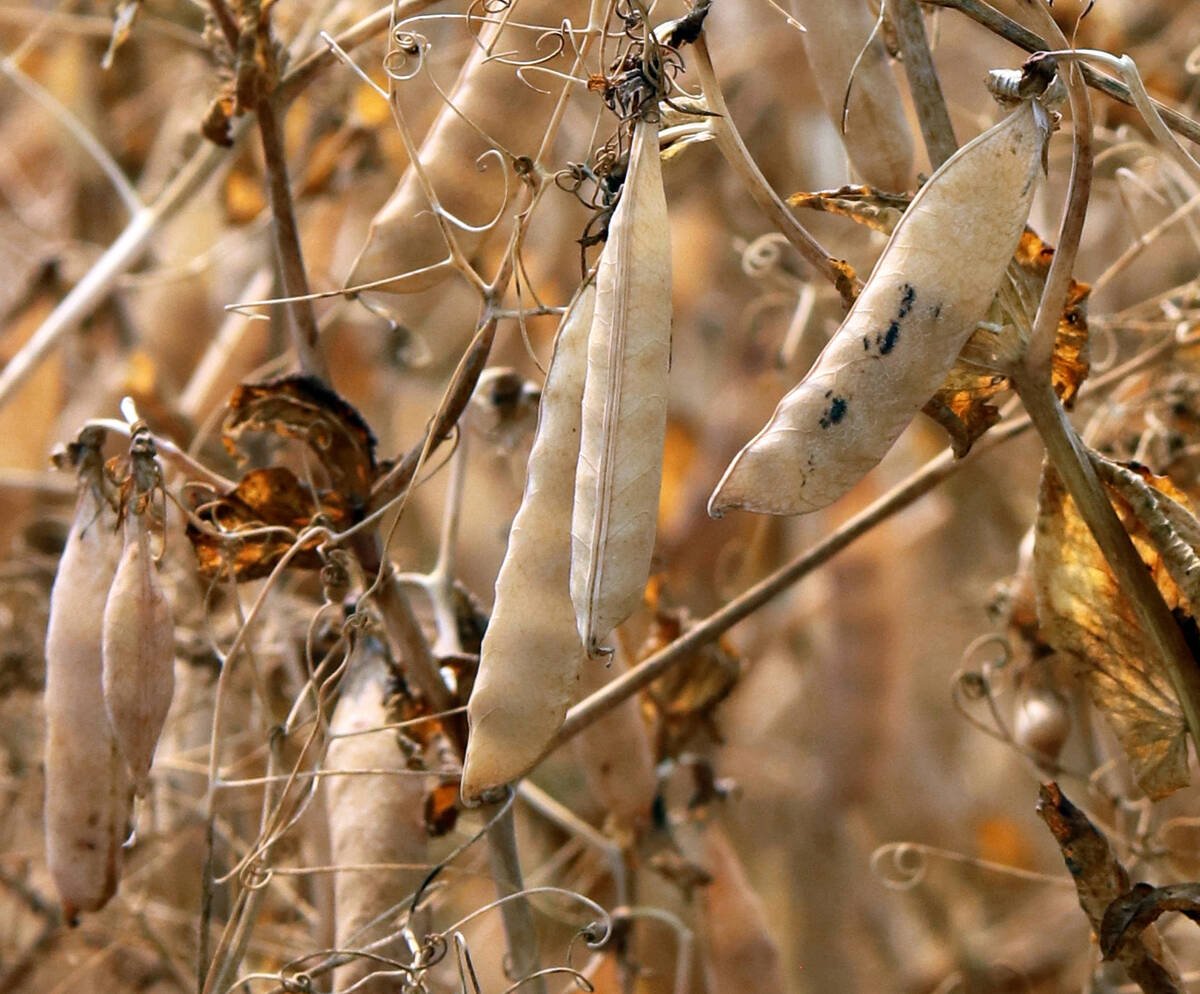Valdi Johnson counts on straw to keep him cozy during the chilly days of a Manitoba winter.
Seven years ago, he installed a a straw-burning furnace.
“This is the cheapest way to go so far,” he said, glad that he is not among the Manitobans bracing for another large hike in natural gas prices.
Johnson farms with his son at Riverton, Man., a community near the shores of Lake Winnipeg.
His furnace features a boiler that heats water as the straw burns. The furnace can easily hold a 230-kilogram bale, which is typically enough to heat two houses and a workshop on the Johnson farm for a day.
Read Also

Trump’s tariffs take their toll on U.S. producers
U.S. farmers say Trump’s tariffs have been devastating for growers in that country.
Each day, another bale is loaded into the burner, a task that is done at the same time the Johnsons do the chores on their cattle farm.
The heated water is pumped through pipes to radiators in their houses and workshop. Furnaces inside the houses were retrofitted in 1994 to accommodate the radiators.
In the workshop a fan mounted behind a radiator spreads warmth throughout the workshop without duct work.
After passing through the radiators, the water is carried through pipes back to the boiler shed, which is located away from other buildings.
“It’s the best thing in the world,” said Johnson, who wishes he had adopted the bale burning system decades ago.
“We’ve had it seven years and it’s paid for itself already.”
The heating system cost him $18,000. That included the straw-burning furnace, radiators, electrical work, piping, pump to move the water through the pipes, and trenching to bury the water lines more than a metre underground.
He found that flax burns more efficiently than straw from cereal crop and does not leave much ash.
The flax straw comes from nearby farms that give it away as long as the Johnsons bale it and haul it off the fields.
“They’re glad to get rid of it,” he said.
The Prairie Agricultural Machinery Institute studied the potential of straw bale burners. In a report published in 1995, PAMI concluded that burning excess straw can be an economical source of heat on farms.
The report was based on a review of straw-burning technology, a survey of people heating their buildings with straw, and monitoring of two on-farm straw-burning furnaces. The economic feasibility of changing to a straw-burning heating system was also considered.
Based on that research, the following recommendations were made:
- Burning straw can be an economical heating method for farms.
- The most common system for burning straw is an outdoor boiler used to heat water, which is then piped to buildings.
- A straw-burning system is most economical when there is a large demand for heat, such as for farm buildings and grain drying.
- Flax is the best straw to use because of its low ash content and good burnability. But if other types of straw are to be burned in the field anyway, they should also be considered as a heating fuel.
Doug May, PAMI’s vice-president of operations in Manitoba, believes the findings of that six-year-old research hold true today.
“As you drive out in the country, you certainly are seeing more of them in farmyards. I believe they are becoming more common right now.”
David Minish, president of Manitoba’s Hydronic Yard Furnace Association, doesn’t doubt there are people using straw-burning furnaces who are happy with them.
However, he questions whether they can be manufactured at a cost that makes them a contender with other heating options such as coal or natural gas.
“This is a romantic notion,” Minish said. “It is not economically viable at this time.”
Hydronic systems use water as the medium for moving energy.
Minish suspects most straw-burning furnaces have not moved beyond the prototype stage. They can be costly to manufacture, and once the selling price hits the range of $25,000, people will start to look at alternatives such as coal-burning furnaces, Minish said.
If straw-burning furnaces were the answer to cutting heating costs on farms, more Hutterite colonies would be using them, he said, since colonies have the manpower needed to maintain a furnace that requires frequent stoking.
“If you look at the Hutterite colonies, they’re not using straw,” said Minish. “They’re using coal. I use that as a bellwether.”
And even if straw is cheap there is a cost to baling it, hauling it and then loading it into the furnace, he said.














